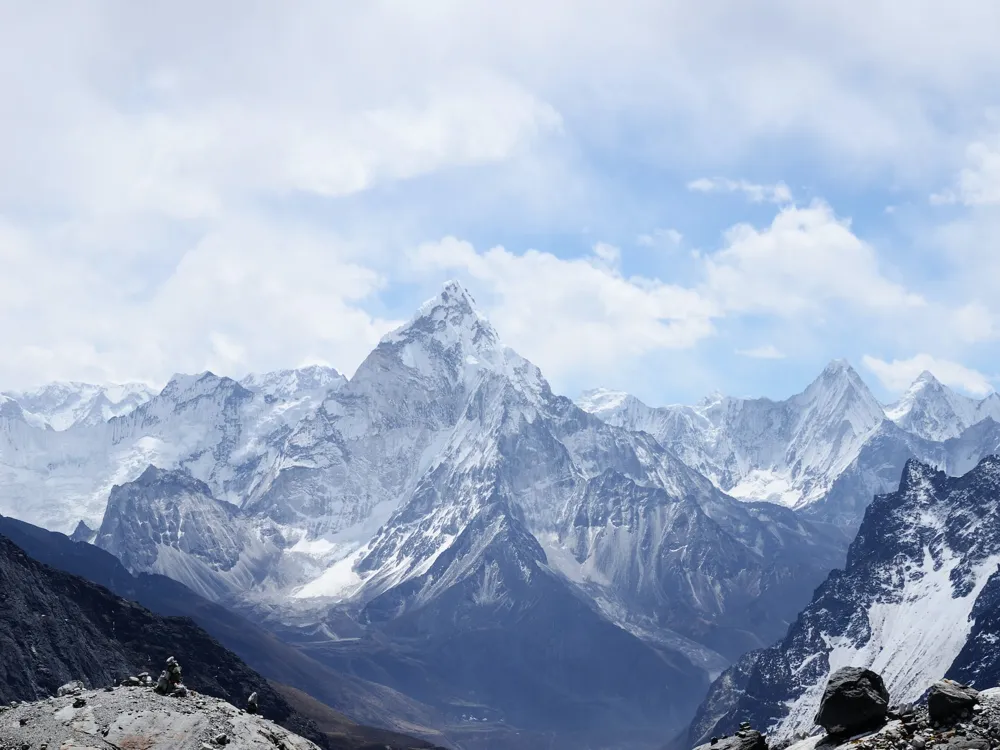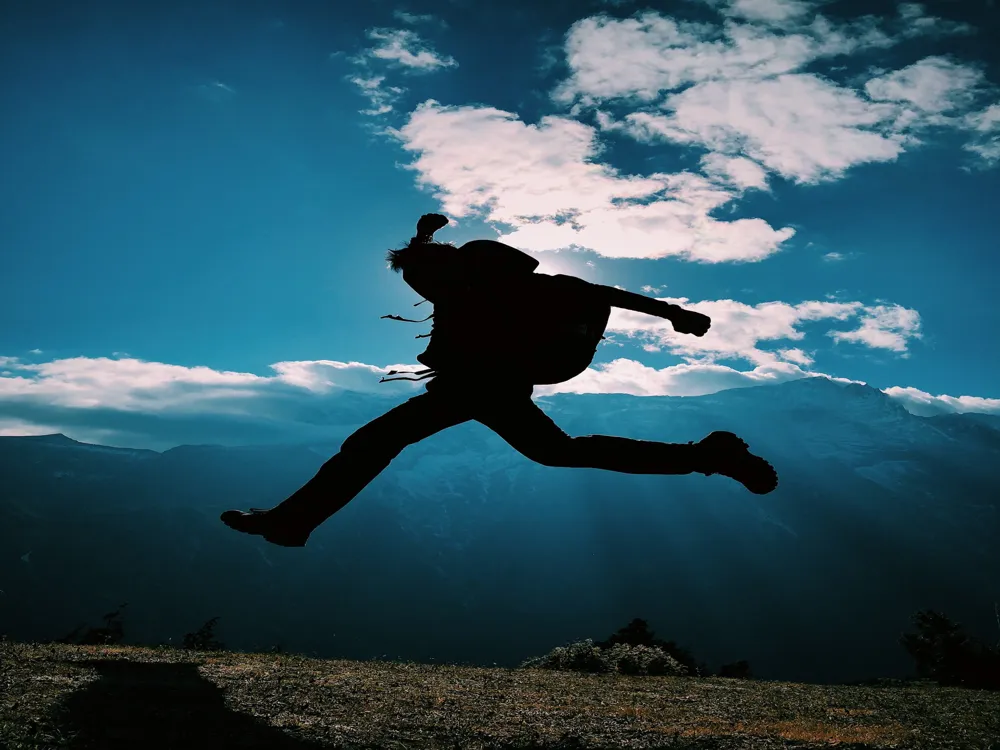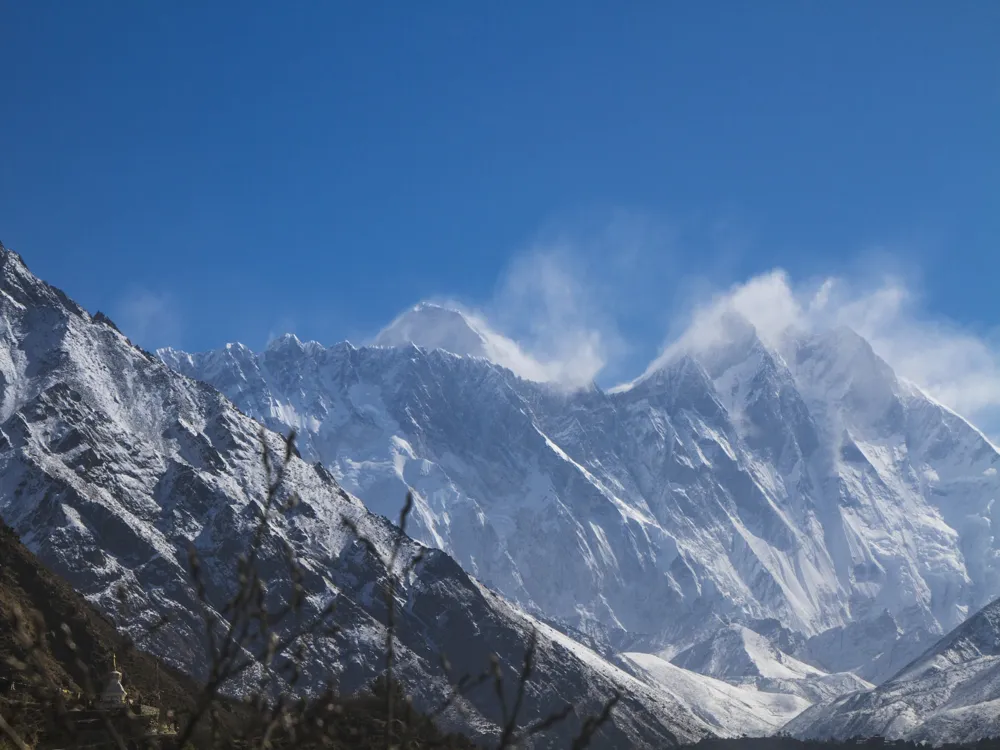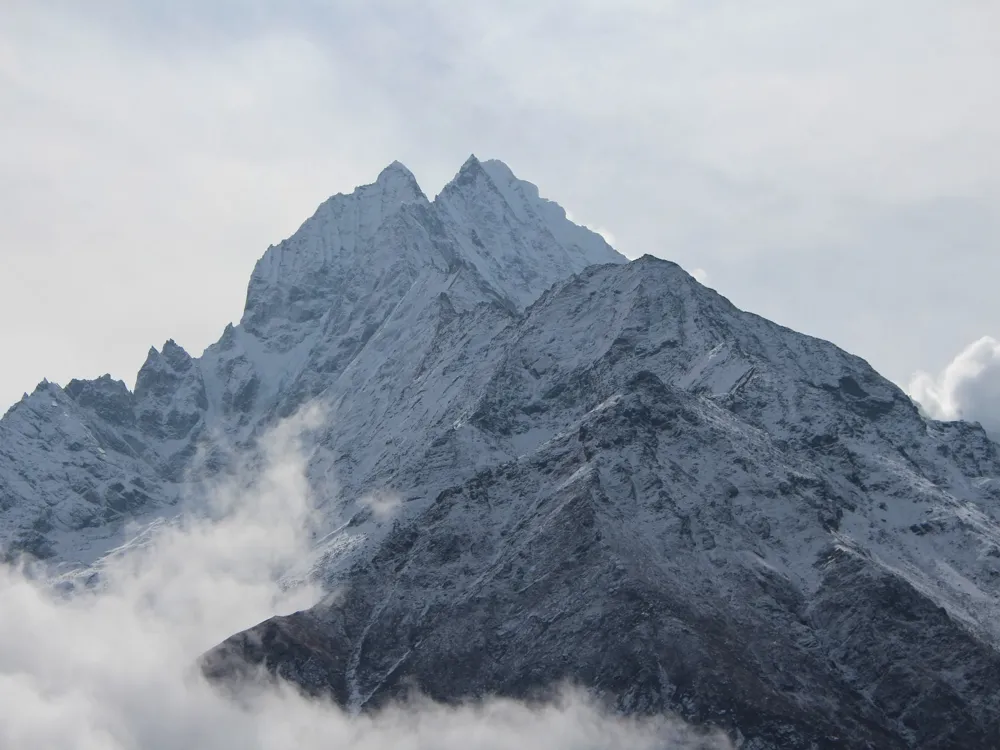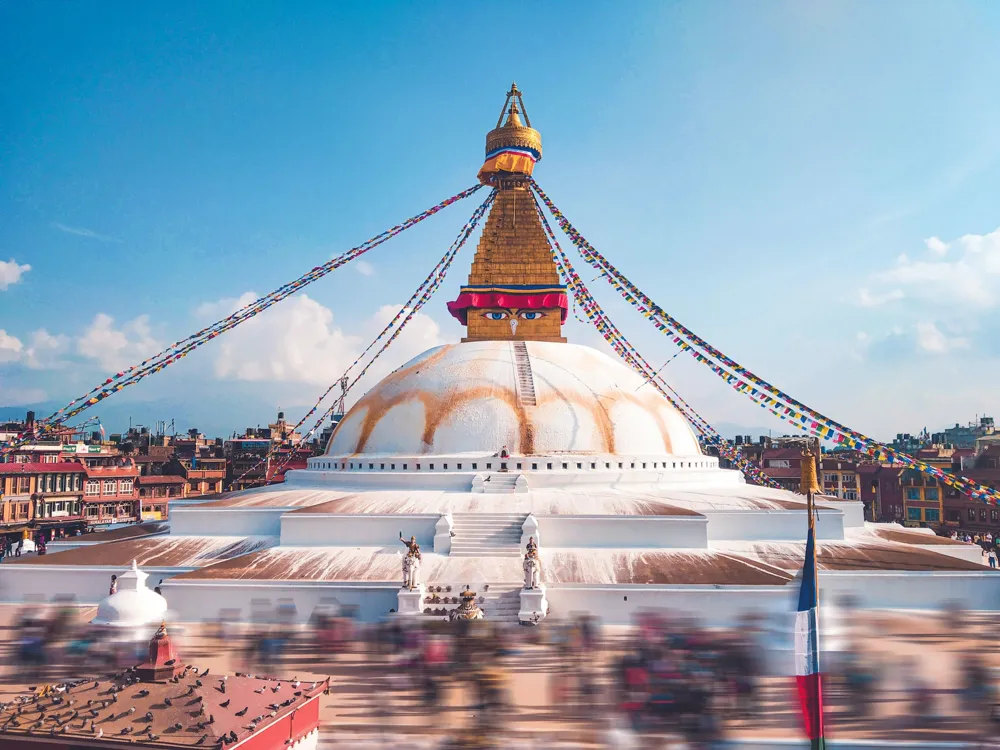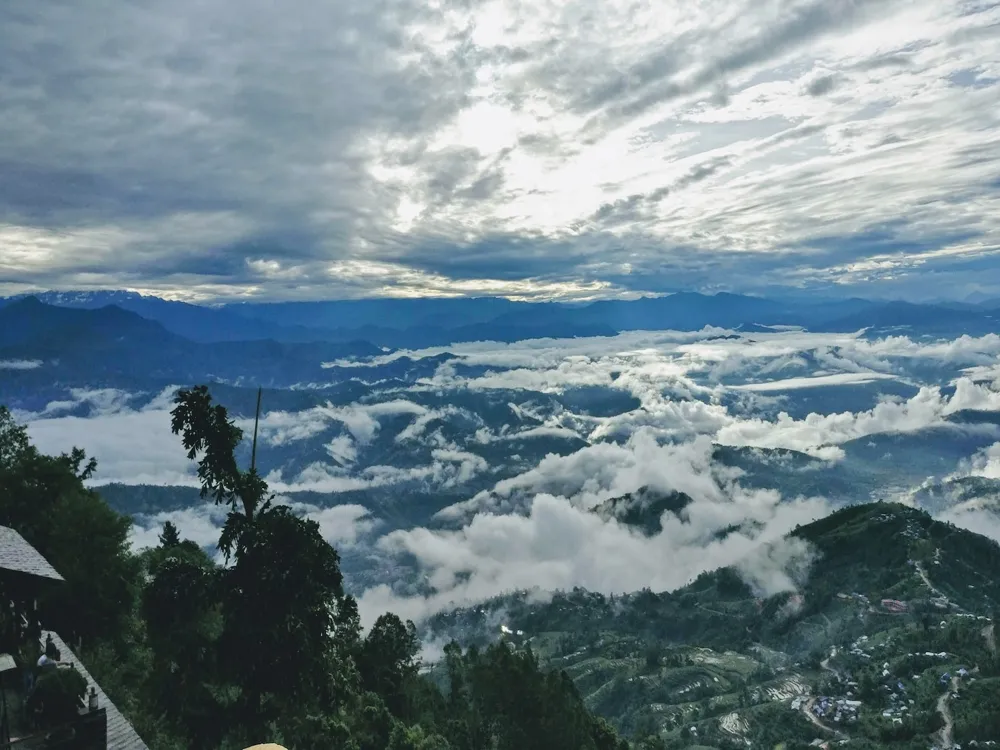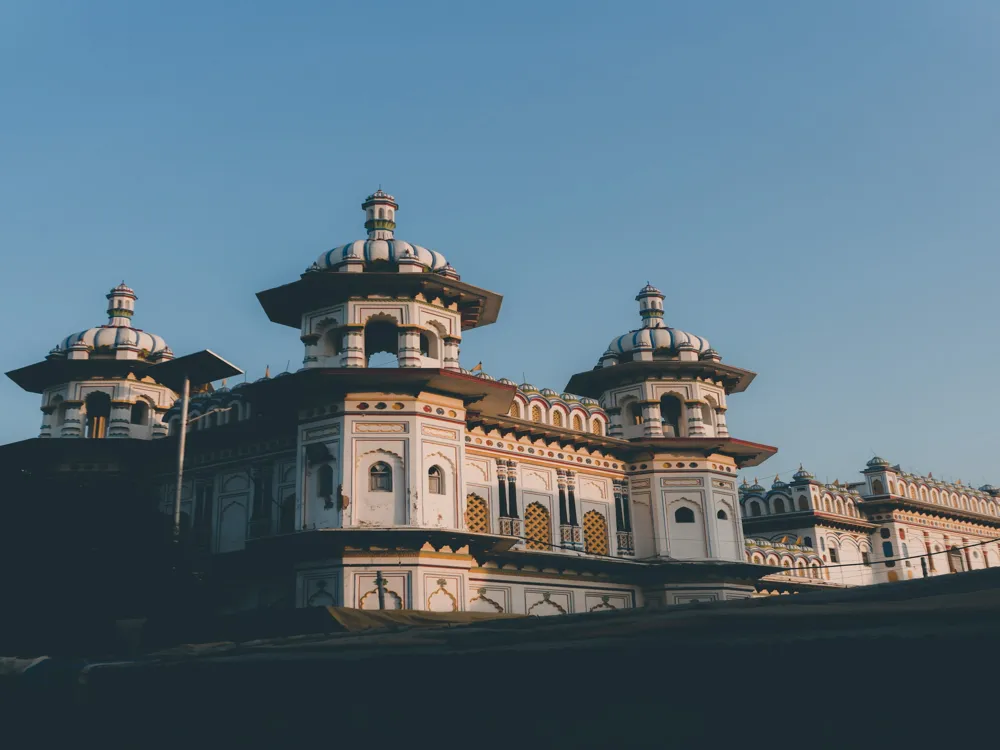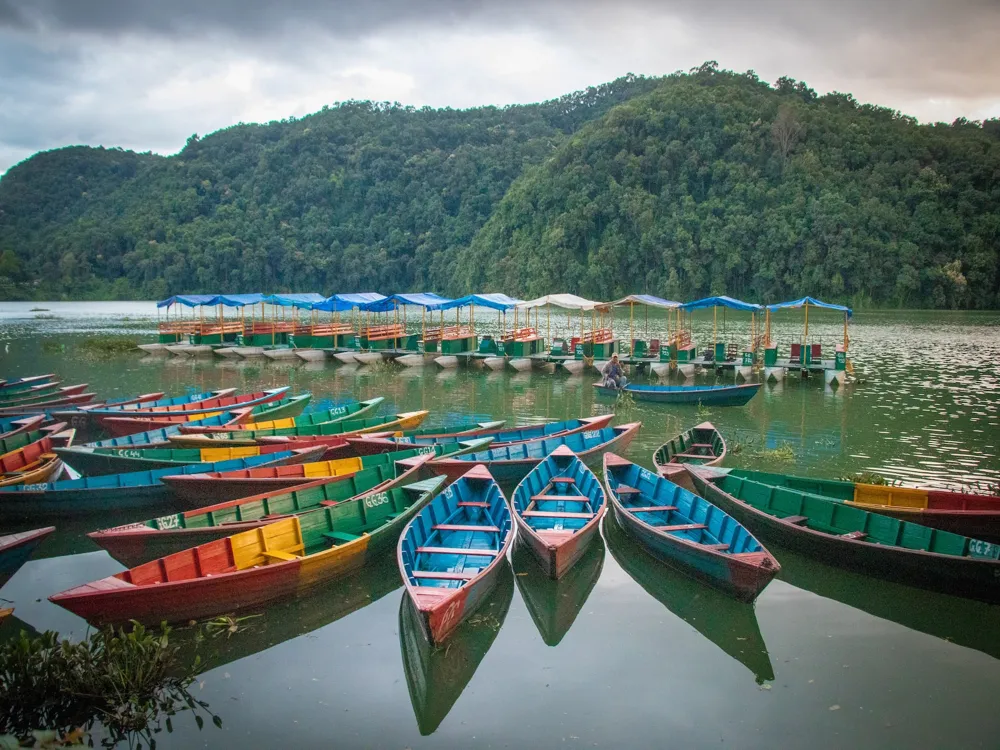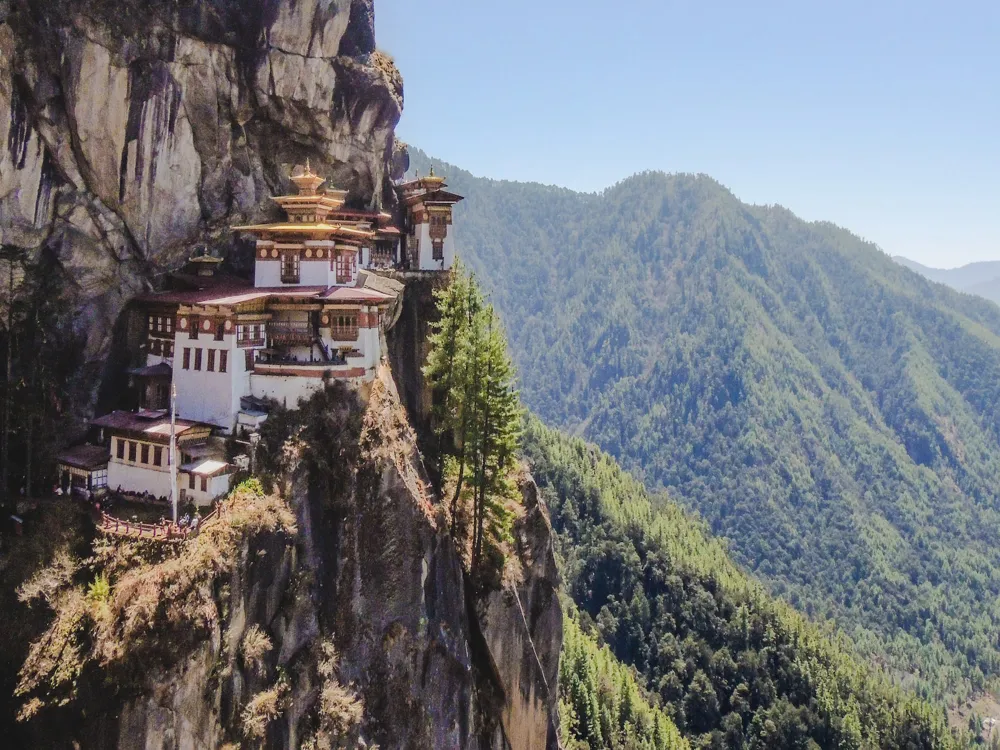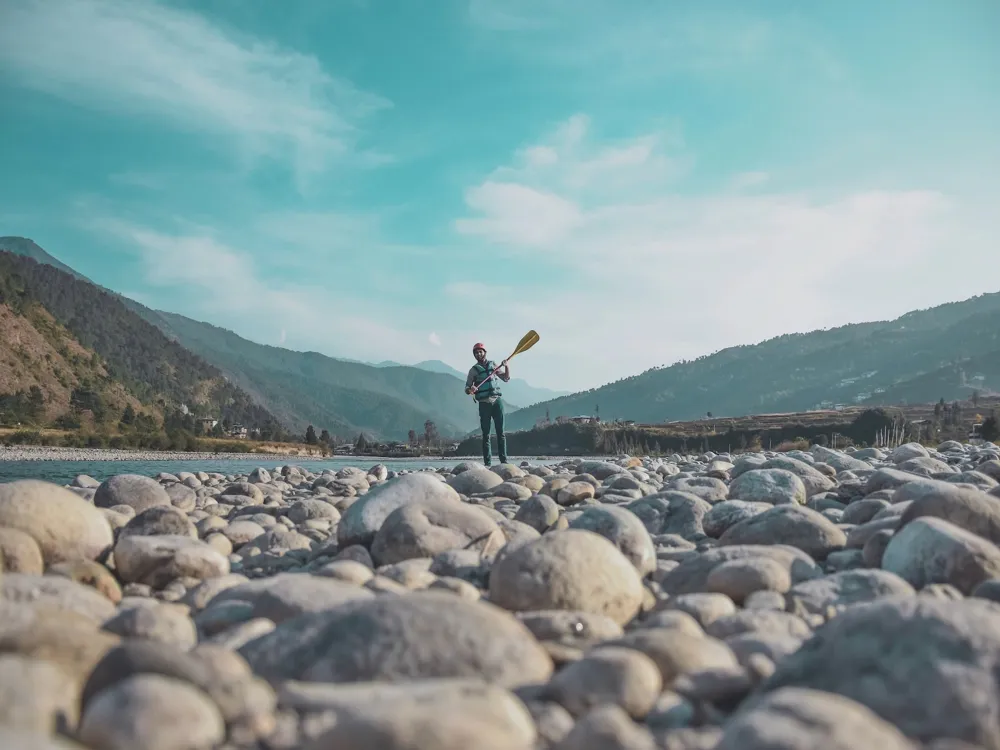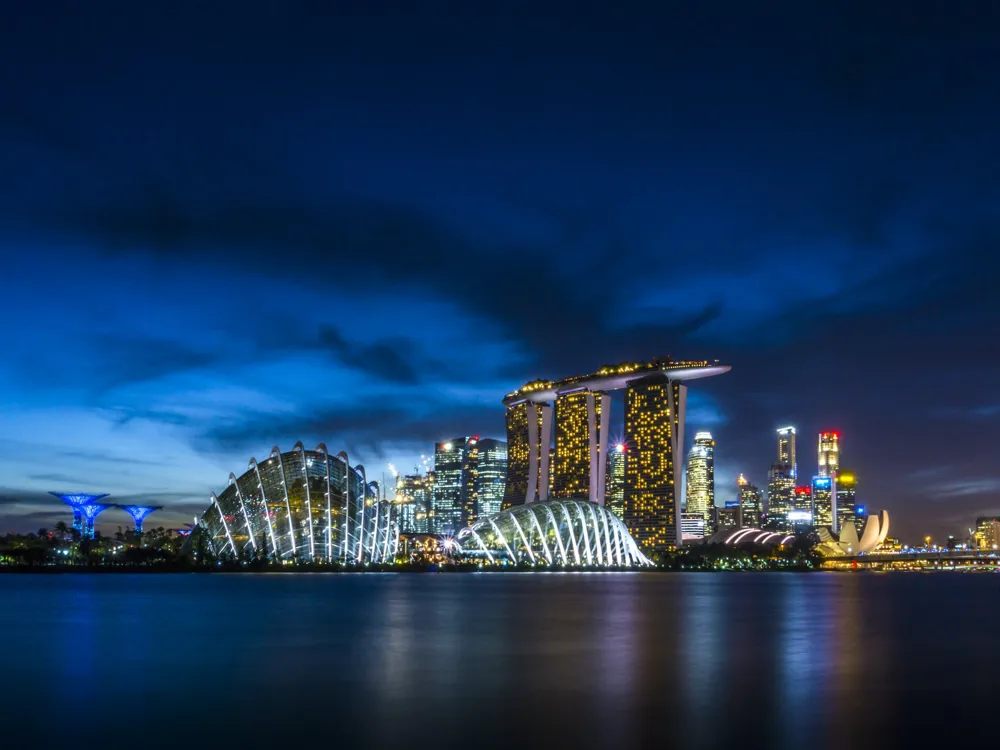Best Time to Visit Sagarmatha National Park
Nepal
8 out of 13 Places to visit in NepalNaN onwards View Packages
Get Customized PackagesThe Land of Diversity
Top Hotel Collections

Private Pool

Luxury Hotels

5-Star Hotels

Pet Friendly
What is the Best Time to Visit Sagarmatha National Park?
Nestled in the Himalayas, Sagarmatha National Park, home to the iconic Mount Everest, offers breathtaking vistas and unparalleled trekking experiences. Choosing the perfect time to explore this majestic terrain is crucial for an unforgettable journey.
More about Best Time to Travel to Sagarmatha National Park
Travel Peak Season in Sagarmatha National Park
The peak season in Sagarmatha National Park spans from March to May and from September to November. During these months, the weather is relatively stable, with clear skies and moderate temperatures ranging between 10°C to 20°C. The trails are bustling with adventurers and trekkers from across the globe, making it an ideal time for those seeking vibrant camaraderie and stunning views of the Himalayas.
Travel Offseason in Sagarmatha National Park
Contrastingly, the offseason prevails from June to August and from December to February. This period witnesses harsh weather conditions, including heavy snowfall and sub-zero temperatures, which can make trekking difficult and risky. However, for avid mountaineers and solitude-seekers, this time offers tranquility amidst the serene landscapes, albeit with fewer facilities and challenging trails.
Sagarmatha National Park Travel Packages
View All Packages For Sagarmatha National Park
Sagarmatha National Park in Shoulder Season
The shoulder seasons, occurring in early spring (March to May) and late autumn (September to November), provide a balance between the peak and off-seasons. The weather gradually transitions, offering clear skies and blossoming rhododendrons in spring, while the autumn months boast stunning foliage and mild temperatures.
Sagarmatha National Park in Hot Season
During the hot season (June to August), the park experiences heavy rainfall, foggy conditions, and occasional landslides, making it less favorable for trekking. The trails might be slippery and visibility limited, posing challenges for adventurers.
Sagarmatha National Park in Rainy Season
The rainy season brings torrential rains and increased risks of avalanches and landslides, primarily from June to August. Trekking during this time is discouraged due to safety concerns and unpredictable weather conditions.
Sagarmatha National Park in Cool Season
From December to February, the cool season prevails with freezing temperatures and heavy snowfall, making many trails impassable. However, this time allows for a unique experience of the winter wonderland, although limited trekking options are available.
In conclusion, the best time to visit Sagarmatha National Park largely depends on personal preferences, trekking experience, and risk tolerance. Each season presents distinct advantages and challenges, offering diverse experiences for every adventurer.
Places To Visit In Sagarmatha National Park
Nearby Places Sagarmatha National Park
Sagarmatha National Park Photos
View All Photos For Sagarmatha National ParkBrowse Package Collections
Browse Hotel Collections
Faq
When is the best time to witness the blooming rhododendrons in Sagarmatha National Park?
Rhododendrons typically bloom from late March to early May, painting the park with vibrant colors. Plan your visit during this period to catch this stunning natural spectacle.
Is there a specific season ideal for spotting diverse wildlife in the park?
Autumn (September to November) offers excellent wildlife viewing opportunities. Animals are more active, and the clear skies provide unobstructed views of the breathtaking landscape.
Are there any festivals or special events that occur within Sagarmatha National Park that visitors should be aware of?
The Mani Rimdu Festival, celebrated by the Sherpa community, usually takes place in October or November at Tengboche Monastery. It's a vibrant cultural event with masked dances and religious ceremonies worth experiencing.
What is the weather like in Sagarmatha National Park during the monsoon season?
The monsoon season (June to August) brings heavy rainfall and cloud cover, often obstructing mountain views. Trails might be slippery and risky due to the rain, making it less favorable for trekking.
Are there any specific months to avoid due to extreme weather conditions?
December to February experiences harsh winter conditions with freezing temperatures and heavy snowfall, making trekking difficult and potentially dangerous.

